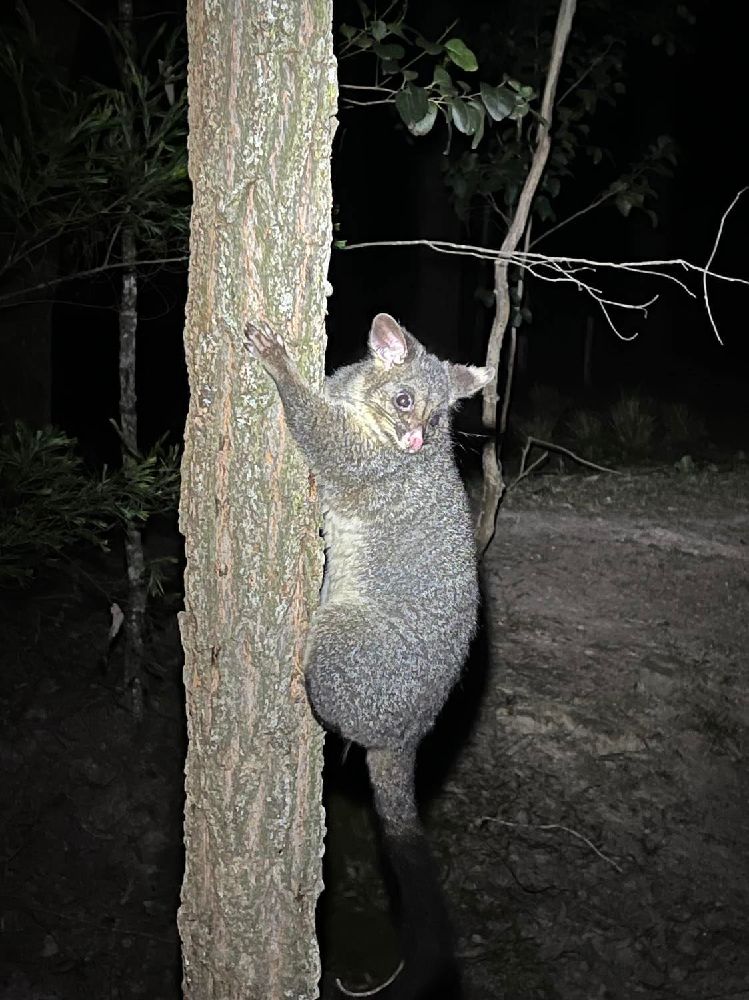Wildlife watching
Download our animals and birds fact sheets
Deans Green Paddock - Spot the Birds
Deans Green Paddock - Spot the Animals


Wildlife watching is a wonderful and enriching activity that allows you to observe animals in their natural habitats. Whether you're a seasoned wildlife enthusiast or a beginner, here are some tips for a successful wildlife-watching experience:
Choose the Right Location:
- Research and select a location known for its rich biodiversity. National parks, wildlife reserves, and natural habitats are great options.
Learn About Local Wildlife:
- Familiarize yourself with the species native to the area. Field guides, online resources, and local nature centers can provide valuable information.
Respect Wildlife and Their Habitat:
- Keep a safe distance from animals to avoid causing stress or disruptions to their natural behavior.
- Stay on designated paths and trails to minimize impact on the environment.
Use Binoculars and Cameras:
- Invest in a good pair of binoculars to observe animals from a distance without disturbing them.
- Consider bringing a camera with a telephoto lens to capture moments without getting too close.
Be Patient:
- Wildlife watching requires patience. Find a comfortable spot, stay quiet, and observe. Animals may appear when you least expect it.
Choose the Right Time of Day:
- Many animals are more active during dawn and dusk, so plan your wildlife-watching excursions during these times.
Be Quiet and Still:
- Keep noise to a minimum to avoid scaring away animals. Move slowly and avoid sudden movements.
Research Animal Behavior:
- Understanding the behavior of the animals you're watching can enhance your experience. Learn about feeding habits, mating rituals, and migration patterns.
Responsible Feeding (if allowed):
- In some areas, feeding wildlife is discouraged or prohibited. Follow local guidelines and regulations to ensure the well-being of the animals.
Join Guided Tours or Workshops:
- Participate in guided wildlife tours led by experienced naturalists. They can provide valuable insights and help you spot wildlife more effectively.
Dress Appropriately:
- Wear neutral-colored clothing to blend in with the surroundings. Avoid bright colors that may startle or disturb the animals.
Leave No Trace:
- Practice Leave No Trace principles by packing out all trash and avoiding any disruption to the natural environment.
Remember that wildlife watching is about observing and appreciating animals in their natural habitat while minimizing human impact. By following ethical guidelines and respecting the wildlife, you can have a positive and enjoyable experience.
